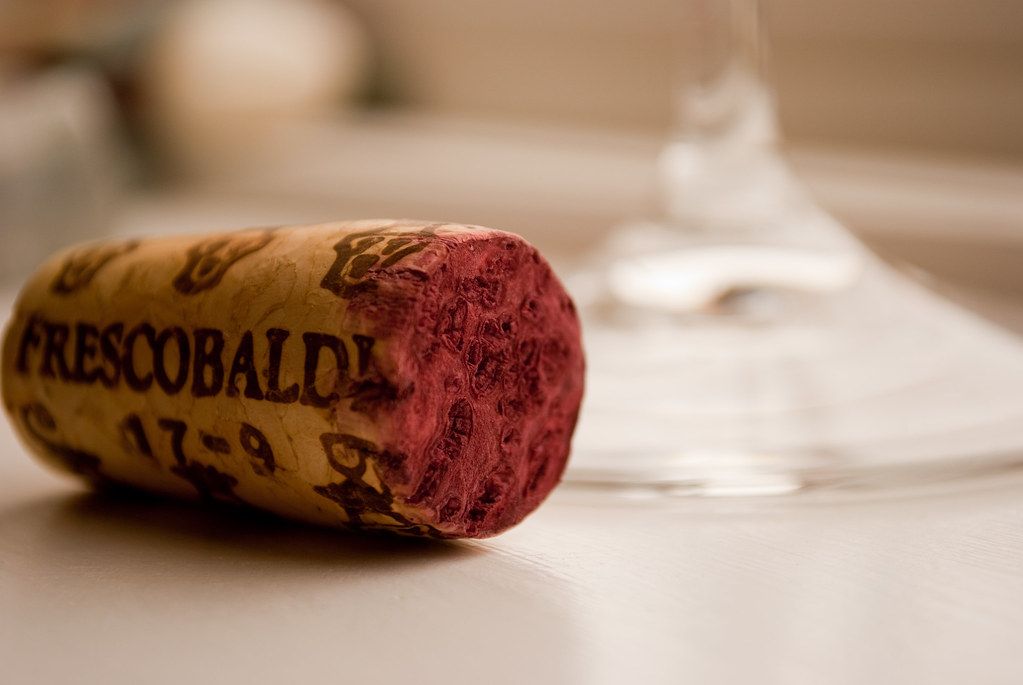
Uncorking the Mystery of "Corked" Wine
- Aug 10, 2025
Have you ever anticipated a dinner, opened a prized bottle of wine, poured it into a glass, and instead of the expected pleasant aroma, you were met with a scent that reminds you of damp newspapers or a moldy basement? If you've been in this situation, you've come face-to-face with a notorious wine dilemma, known as corked wine.
Understanding what corked wine is, the reasons why it affects some bottles we hold dear, and the steps to take when you come across it can be very beneficial. This article aims to enlighten you on how to identify a corked bottle and how to decide whether it is safe to consume or better discarded.
Contrary to what the term may suggest, a 'corked' wine is not about how the bottle was sealed nor about pieces of cork floating in your glass. Rather, it refers to a wine compromised by certain compounds that induce unwelcome smells and tastes. 2,4,6-trichloroanisole, commonly called TCA, is the primary perpetrator here. TCA modifies the wine's sensory characteristics, substituting fruity notes and lively flavors with musty, moldy tones. This condition, known as 'cork taint', can strike any bottle, from your day-to-day $10 bottle right up to your precious, aged star wine in the cellar.
TCA is produced when fungi found naturally in cork mix with certain chlorinated agents present in cleaning products used during cork production, winery sanitation, or with phenolic compounds in treated wood structures. Although TCA is the most familiar and prevalent cause of cork taint, it isn't the sole factor. Other compounds like 2,4,6-tribromoanisole (TBA) can contribute to the problem as well, but TCA is always the main culprit.
When TCA-laden cork comes into contact with the wine, the TCA seeps into it, resulting in a loss of the wine's fruity quality, and instead infuses it with less agreeable smells and flavors. Indications of cork taint include an odor of mustiness, damp cardboard, or wet paper and a flavor that might appear flat, muted, and occasionally bitter. While the taint doesn't necessarily make the wine taste bad, it steals the wine's vibrancy, leaving even the finest bottles unexciting.
To detect cork taint in wine, swirl your glass and sniff. Individual sensitivities vary, but even a trace amount of TCA can give off a very distinct smell. If the aroma reminds you of a moldy cellar or wet dog, your wine is likely corked. Tasting a sip won't harm you (TCA isn't harmful), but if the wine tastes flat or you get a sense of a damp basement, your wine is corked.
Fortunately, advancements in cork production and monitoring have significantly reduced the occurrence of corked wines. Reports show that only 2-3% of wines sealed with natural cork are corked, a decrease from double these percentages twenty years ago. While natural cork is not the sole source of TCA, it remains the most common. Therefore, the cork industry has taken steps to enhance quality and minimize susceptible errors through research, sharing best practices for production, and technological advancements that assist in identifying and reducing TCA incidents.
Sadly, once a wine is tainted with TCA, the effects are irreversible. But don’t despair. Many wine shops and restaurants have policies to replace corked bottles. So, if your recently purchased wine turns out to be at fault, don’t hesitate to return it. If the taint didn't affect the wine too badly, you might try cooking with it. But remember, the mustiness will remain, so it's best to use it in small quantities in heavily flavored dishes rather than as the main ingredient.
Despite becoming less prevalent, corked wine can still occasionally vex wine lovers. Understanding cork taint and how to respond to it can put you at ease and help you make an informed decision about your next bottle of wine.






